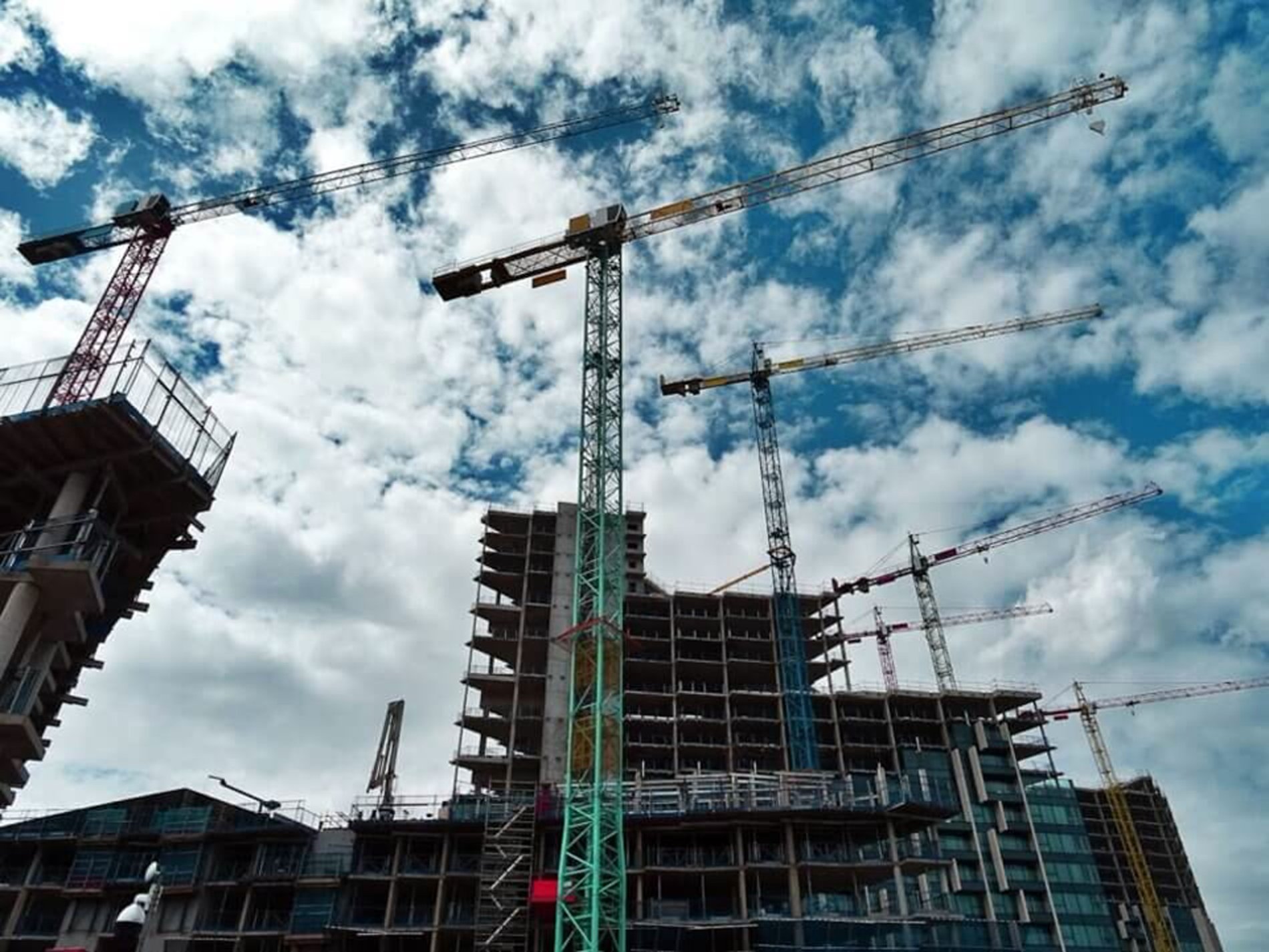The U.S. housing market in February 2025 is a tale of cautious optimism, stubborn affordability hurdles, and shifting dynamics driven by policy and economics. From rising home sales to tariff-fueled cost spikes, here’s a deep dive into what’s shaping the landscape—and what it means for buyers, sellers, and the industry at large.
Home Sales Bounce Back, But Affordability Looms Large
Existing home sales climbed 4.2% in February 2025 to a seasonally adjusted annual rate of 4.26 million, according to Danielle Hale of Realtor.com. While that’s a welcome uptick, it’s still 1.2% shy of last year’s pace, signaling a market that’s resilient but far from roaring. Median home prices rose 3.8% year-over-year, though listing price growth is cooling—a mixed bag for buyers facing near-7% mortgage rates.
Hale’s take? “Settling mortgage rates could reverse 2024’s upward trend, setting up a stronger spring and summer sales season.” Realtor.com’s 2025 Housing Forecast predicts sales will edge past 2024’s multi-decade low, but don’t expect a dramatic rebound. Buyers and sellers are adapting to a new normal where high costs are the baseline.
Meanwhile, Skylar Olsen of Zillow notes inventory is up 17% year-over-year, hitting 1.24 million units. That’s a lifeline for buyers, yet many remain on the sidelines. Why? Affordability woes—compounded by insurance costs and thin household savings—are keeping demand in check. Zillow’s projected 1.1% sales gain for 2025 suggests a slow crawl, not a sprint, toward recovery.
Over at Redfin, Dana Anderson reports early-stage activity (think tours and loan applications) is up, but pending sales are down 5.2% from last year. With a typical mortgage payment of $2,793—near record highs thanks to 6.65% rates and a 3.3% price bump—buyers are browsing but not biting. It’s a market stuck in neutral, resilient yet restrained.
Fannie, Freddie, and the Privatization Push
Big changes are brewing at Fannie Mae and Freddie Mac, the mortgage giants backing half of U.S. home loans. David Hollerith of Yahoo! News reports their shares spiked over 8% amid buzz that the Trump administration might loosen federal control. Treasury Secretary Scott Bessent floated transferring government stakes to a sovereign wealth fund, while an executive order to explore privatization is on the table. Investors are betting big, driving stock prices up.
But it’s not all rosy. Eleanor Mueller of Semafor details a leadership shakeup at Freddie Mac, where CEO Diana Reid and HR head Dionne Wallace Oakley were axed by FHFA Director Bill Pulte. A former private equity exec, Pulte’s now chairing both Fannie and Freddie’s boards—a power grab tied to Trump’s privatization push, per Keith Griffith of Realtor.com. While this could cut red tape and boost shareholder value, experts warn of a catch: higher mortgage rates for buyers if government backing fades.
Then there’s California’s “mortgage blacklist,” flagged by Martha McHardy of Newsweek. Over 700 condos are now ineligible for Fannie Mae-backed loans due to shaky insurance or maintenance issues—a ripple from the 2021 Surfside collapse. This shrinks financing options, making these properties tougher to sell and adding another layer of complexity for buyers.
Tariffs and Lumber: A Costly Curveball
Construction costs are feeling the heat from President Trump’s tariff agenda. Robert Frank of CNBC cites Related Group CEO Jon Paul Pérez, who says tariff fears are already jacking up bids by 20%. With 25% tariffs on Canadian and Mexican goods rolling out—and broader levies looming by April 2—new homes could cost thousands more. Alex Veiga and Mae Anderson of AP News peg the added price at $7,500 to $10,000 per single-family home, a burden builders are passing straight to consumers as spring season kicks off.
Lumber’s a big piece of this puzzle. Mrinalika Roy and Seher Dareen of Reuters report Trump’s proposed 40% tariff on Canadian lumber could reshape the industry. Canadian producers like Canfor are shifting to the U.S. South, where log costs are lower and regulations lighter. The region now dominates softwood lumber capacity, with Canadian firms running over 50 mills—up from two in 2004. But don’t expect relief soon. Jesse Wade of NAHB notes U.S. sawmill output is lagging, with capacity utilization at 64.7% in Q4 2024—well below 2018 peaks—thanks to weak demand and shrinking employment.
In Southern California, Pat Maio of OC Register says builders are hitting pause. Tariffs could hike material costs by over $3 billion, stalling projects like a $150 million L.A. County development. Madison’s lumber price data backs this up: prices are climbing, and tariffs will only fan the flames.
What’s Next for 2025?
The housing market’s at a crossroads. Sales and inventory are inching up, but affordability’s a brick wall—made thicker by tariffs and privatization risks. Buyers are resilient, adapting to 7% rates, but hesitation rules the day. Sellers face longer listing times unless they price sharp, while builders brace for costlier materials that could choke new supply.
Fannie and Freddie’s overhaul could jolt the market—lower oversight might spark innovation, but higher rates would sting. Tariffs, meanwhile, threaten to undo any gains in construction momentum, especially if lumber prices soar further. Spring and summer will be the proving ground: if rates stabilize and buyers commit, 2025 could edge past 2024’s doldrums. If not, we’re in for more of the same—grit, grind, and gradual gains.
What’s your take? Are you buying, selling, or waiting out the storm? Drop your thoughts below!



